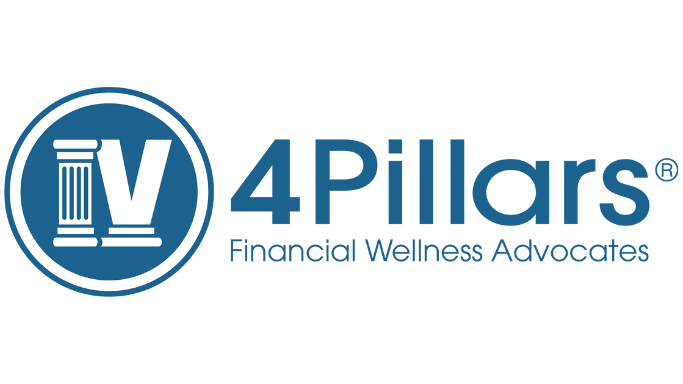In a world where you heavily depend on digital and electronic devices, it is not difficult for you to become a victim of credit card fraud. Credit card fraud occurs when your credit card, credit card information or Personal Identification Number (PIN) is stolen and without you realizing, credit and purchases are credited to your account.
Before dwelling more into the matter, you must ask yourself, how does credit card fraud happen? Your wallet being stolen or the loss of your credit card can lead to credit card fraud. At times, you throw out your credit card details in the trash, it is found by a thief. Another way is when your credit card details are stolen online or through mail. Devices have also been developed so that when your credit card is swiped when you make a legitimate purchase, it copies all the data from your card, resulting in your card being cloned.
Here are some suggestions on how to protect yourself from credit card fraud:
- When entering your PIN, make sure no one is watching you. Use your body as a cover.
- When you give your credit card for swiping, have your eyes on it at all times to make sure it is not swiped on any other devices. If it is swiped on any other devices, it is most probable that the clerk is stealing data from your credit card that can be used to clone your credit card.
- If you notice any suspicious transaction of the credit card, report it to your credit card issuer immediately.
- If your credit card issuer provides you with the facility to receive a text message on your phone or an email whenever your card is used for a purchase, opt for it.
- Carefully, check your credit card statements and make sure of all the transactions. The most simple credit card fraud is where a small, unnoticeable amount is deducted from credit cards, eventually all these small amounts are bundle up into an extremely large one.
- Lock your mailbox, if possible. Make sure that your bank delivers your mails safely to you.
- Never give out information through the phone or email, even if the person over the phone or the mail claims to be from your financial institute.
- Make sure your PIN number is not your birthday. Don’t have an obvious PIN number, but something random that only can think of. If you can, you can change your PIN number regularly.
- When using your card over the internet, use the virtual keyboard to enter your password/ PIN details. This prevents keyloggers from capturing this information and sending it out to malicious parties. Keyloggers are malware that could have been installed on your computer (or a public computer) surreptitiously that can capture information typed on your keyboard, create a file with this information and send it to the hackers who installed the keylogger on the machine. Using a virtual keyboard will bypass using the keyboard altogether and ensure that your passwords are safe.
- Use a chip-based card. It is easy to copy data from magnetic stripe credit cards. In a chip-based card, information is encrypted and stored in a small chip, making it difficult in copy data.
- If you have a large credit limit and use your credit card frequently it is best to insure your credit card.
- In case your credit card is stolen, immediately inform your credit card issuer, so you can freeze your credit card account and prevent its use.
- When you receive a replacement card, destroy the old card.
According to the Canadian Bankers Association, there were 71.3 million credit cards in circulation just an couple of years back and is increasing everyday. Many Canadians carry credit cards, and use plastic money as a payment option. Everyone who carries a credit card is chanced to some amount of risk of credit card fraud. No matter how many precautions you follow, there is no 100% guarantee that you are safe. Fraudsters keep developing more sophisticated ways to steal. If you do become a victim of credit card fraud, inform your bank, the police and file a complaint with Canadian Anti-Fraud Centre.


